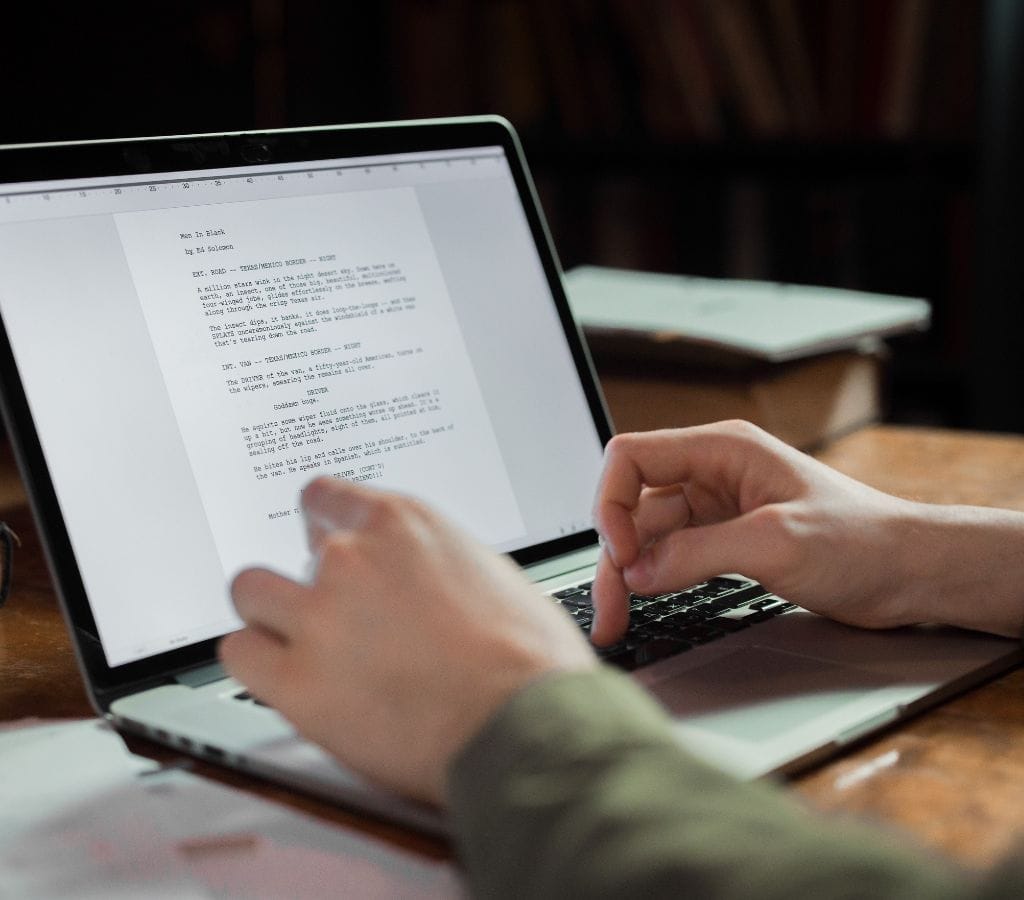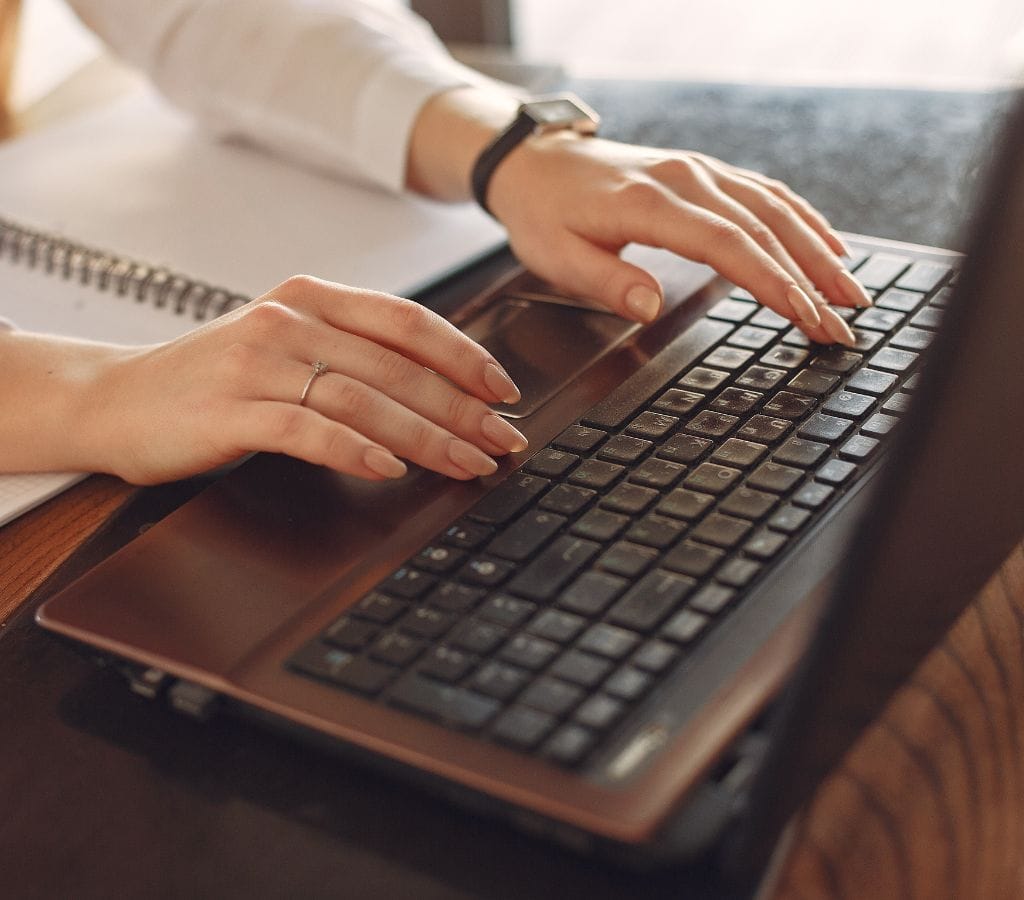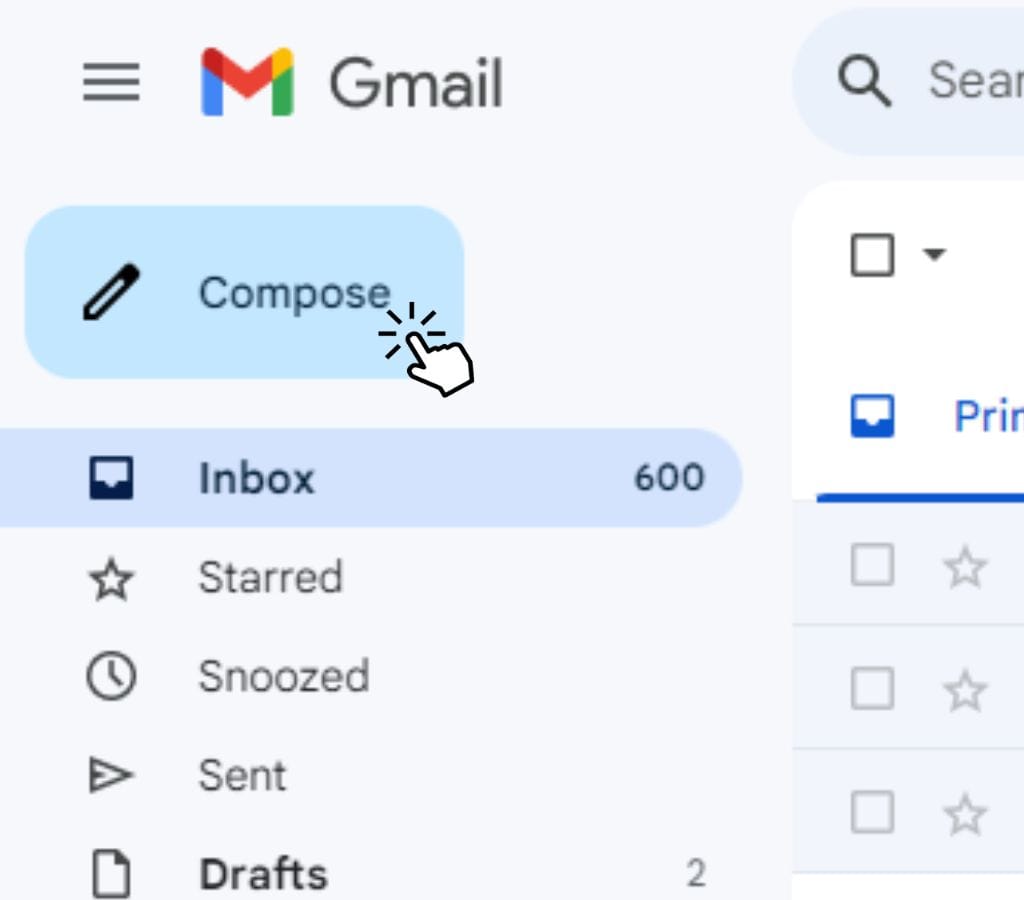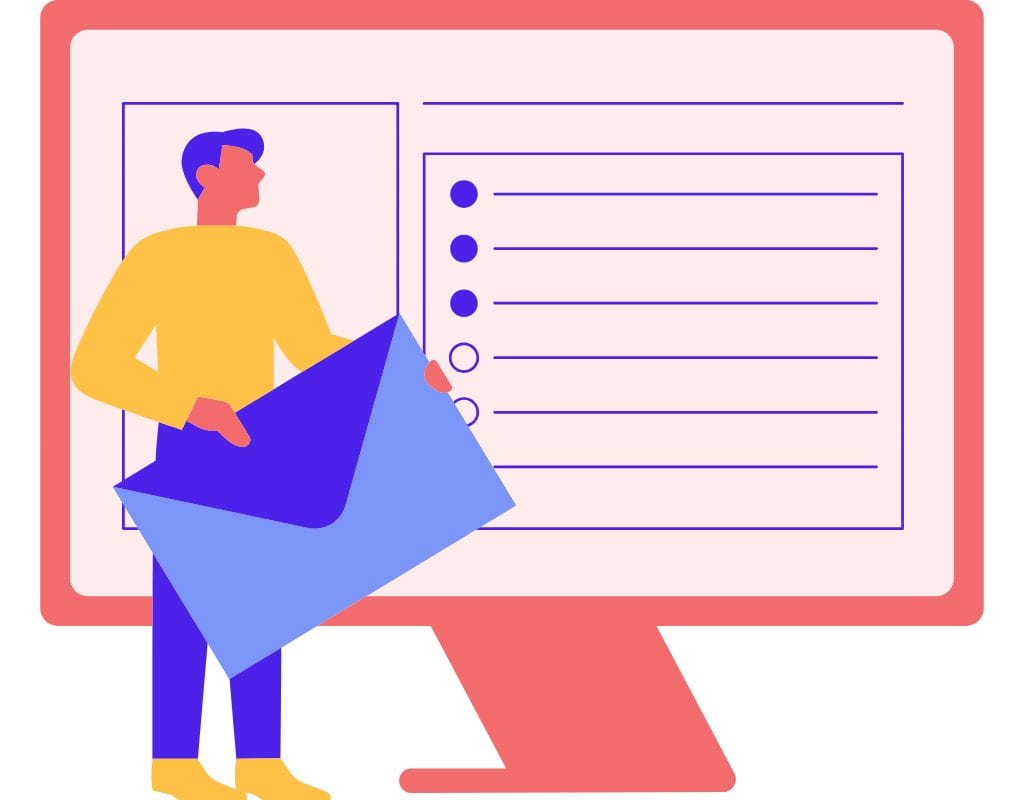Email is a common way to talk to people in both personal and business settings these days, thanks to technology. You need to make sure you start your email off right because it can set the tone for the whole chat. Writing your email appropriately can make all the difference when contacting a potential customer, coworker, or friend. We'll cover email basics, greetings, and first sentences in this blog post. Let's also discuss the dos and don'ts to ensure your communications are received well.
How to Communicate Online with Email
Email has become an important part of our daily lives because it lets us get in touch with people quickly and easily. But learning the basics of email is important before getting into the details of how to start an email. This part will talk about the basics of email etiquette and give you tips on what to do and what not to do when sending emails.
1.1 Why People Send Email
You can use email for many things, such as writing formal business letters, exchanging information, making requests, or just keeping in touch with family and friends. Figuring out the reason for your email is very important for choosing the right tone, amount of formality, and structure for your message.
1.2 Professional vs. Informal Emails
When writing an email, you should use a different style depending on the situation. People usually use professional emails for formal conversations, such as getting in touch with possible clients, talking to coworkers, or writing to bosses. On the other hand, informal emails are more laid-back and casual, and you should only use them to talk to close friends, acquaintances, or coworkers.
1.3 How to Write a Good Email
Etiquette for email is the set of rules and instructions for how to properly send and receive emails. To keep your texts professional, clear, and respectful, you need to know and follow the rules of email etiquette. Some important rules of email etiquette to remember are:
- Make sure the subject line of your email is clear, brief, and correctly describes what the email is about.
- Make sure your email is the right length by leaving out details that aren't important and rambling on and on.
- Before you hit "send," check your email for language and grammar mistakes.
- Respond quickly to emails by confirming receipt and giving a quick answer.
- Make sure your email signature looks professional and includes your contact details.
1.4 Language and Tone
How people hear and understand your email depends a lot on the tone and words you use. It's important to be both professional and friendly in your emails, based on what they're about. When choosing your tone and wording, consider your relationship with the recipient, the email's goal, and the appropriate formality.
1.5 Taking Culture Into Account
When sending emails, it's important to keep in mind any cultural differences between you and the other person. Another group might not see what one group thinks is appropriate in the same way. So, take the time to learn about cultural norms and practices to ensure that your email is received with respect.
Knowing the basics of email, such as why you're sending it, the different styles, proper email etiquette, tone and language, and cultural issues, will help you start your emails in a way that is effective, professional, and polite. Now that we have a solid base, let's move on to the next part, which is about figuring out the point of your email.

Figuring Out What Your Email Is About
It is important to know why you are writing the email before you start writing it. Figuring out the goal will help you organize your message correctly and make sure you get your point across clearly. So, this part will talk about the different reasons people send emails and give you tips on how to handle each one.
0.1 Informational Emails
The point of informational emails is to give people important or useful knowledge. The goal is to get your point across clearly and briefly, whether you're giving updates, news, or announcements. When you start an email with facts, think about the following:
- Start with a clear subject line that grabs people's attention and sums up what you're going to say.
- Begin the email with a friendly hello and then give a short background to set the scene.
- In the first line, make it clear why you're sending the email and emphasize the most important information you want to share.
- In order to make information organized and simple to read, use bullet points or numbered lists.
- Give any information, examples, or supporting papers that are needed to help people understand.
- At the end of the email, offer more help or tell the recipient to get in touch if they have any problems.
0.2 Request Emails
When you need to ask someone for help, information, or a favour, you can use a request email. In order to make sure your request email gets read, you should start it off with courtesy and respect. Take a look at these suggestions:
- Start by greeting the person politely and personally, and if you can, call them by name.
- Introduce yourself quickly and say briefly why you're writing this email.
- Make your request clear by being completely honest about what you want and why you're writing to this person.
- Give any history or context information that is needed to back up your request.
- Let them know you appreciate their time and care.
- As a way to end the email, offer to return the favour or suggest a next step, like setting up a call or meeting.
0.3 Persuasive Emails
The goal of persuasive emails is to change the reader's mind, thoughts, or behaviours. Starting a persuasive email needs careful thought, whether you're trying to sell something, get someone to back a cause, or work out a business deal. Here are some ideas to get you going:
- Get the person's attention with an interesting subject line that makes them want to know more or points out an advantage.
- Start by greeting them in a warm and personal way to bond with them.
- Be clear about your goal and present your argument or plan in a way that makes it seem convincing.
- Use convincing wording and back up your claims with proof, testimonials, or examples.
- Think about and answer any objections or worries the recipient might have.
- At the end of the email, make a strong call to action by making it clear what you want to happen and giving more information or help.
By making it clear what the goal of your email is—whether it's to provide information, make a request, or persuade—you can change how you write it and improve your chances of getting what you want. Next, let's look at the different ways you can start your email so it's off on the right foot.

How to Choose the Right Salutation
Picking the right salutation sets the tone for your email and shows how formal or casual you are with the receiver. What kind of relationship do you have with the person you're emailing, what the email is about, and how polite you need to be? In this part, we'll talk about the different kinds of salutations and give you tips on when to use each one correctly.
1.1 Formal Greets
Most of the time, formal salutations are used in business or formal settings where being polite and professional is important. Here are some examples of proper greetings:
- "Dear Mr. Smith"
- "Dear Ms. Johnson"
- "Dear Dr. Ramirez"
When you are talking to someone professionally, such as a client, business contact, or someone in a position of power, you should use a formal greeting. When greeting someone formally, it's important to use their right title and last name.
1.2 Friendly Greetings
When you are talking to someone in a more relaxed or personal setting and know them well, you can use an informal greeting. Here are some examples of casual ways to greet someone:
- "Hello John"
- "Hi Sarah"
- "Hey Alex"
If you are emailing someone you know well, such as a friend, coworker, or acquaintance, you can use a casual salutation. But you should be careful and think about whether or not an informal greeting is appropriate based on the situation and the amount of professionalism that is needed.
1.3 Professional Salutations
Professional greetings are in the middle of formal and casual greetings. They are friendly and professional at the same time. Here are some examples of proper greetings for work:
- "Dear Dr. Garcia"
- "Dear Professor Lee"
- "Dear Manager Thompson"
Many people use professional salutations when emailing someone in a business setting but already have a more casual or long-term connection with them. These greetings show respect while also letting the other person know that you know them.
1.4 Customizing the Salutation
It is important to think about the situation of your email and your relationship with the person you are writing it to when picking a salutation. Here are some things to think about:
- Gender: Make sure you use the right title and salutation for the gender of the receiver.
- Culture: Keep in mind that national norms and traditions may affect the greeting you choose.
- Level of Familiarity: Think about how well you know the person you're writing to and pick a greeting that shows how well you know them.
- Context and Purpose: Think about how serious or casual your email needs to be based on its context and purpose.
By using the right salutation, you show that you value the person, are professional, and know what the email is about. Now that we've talked about greetings, let's talk about how to write the first sentence of your email.

How to Write the First Line of Your Email
The first line of your email is very important because it sets the tone for the whole thing and gets the reader's attention. It takes a lot of thought and study to write a good opening line. This part will talk about different ways to start your email on a strong note, whether you're introducing yourself, explaining your purpose, or getting the reader interested.
2.1 Introducing Yourself
It's important to describe yourself clearly and briefly if you are reaching out to someone for the first time or if you think they might not know who you are. Here are some tips for writing the first line that introduces you:
- Give your name and, if applicable, your job or affiliation.
- List any connections or hobbies you may have in common.
- Explain why you're reaching out and say that you'd like to meet or work together.
Saying: "Hello [Recipient's Name], my name is [Your Name], and I am a digital marketing specialist. Our mutual acquaintance, [Mutual Contact's Name], suggested I get in touch with you regarding a potential partnership opportunity."
2.2 Explaining Your Purpose
It's important to make it clear in the first line of your email what it's for or what you need. When you do this, you quickly get the person's attention and let them know why you are contacting them. Here are some suggestions for how to say what you want to say in the first line:
- Be brief and to the point, and make it clear what you want your email to do.
- Stress the good or valuable thing the person will get from doing what you ask.
- Make sure your request is taken seriously by speaking politely and respectfully.
Saying: "Dear [Recipient's Name], I am writing to inquire about the availability of your conference venue for an upcoming event. We believe your venue would be the perfect fit for our event and would greatly appreciate the opportunity to discuss the details further."
2.3 Engaging the Recipient
Engaging the other person from the start can help make a good impression and improve the chances of a successful conversation. You might want to use interesting first lines that get people's attention and make them want to keep reading. Here are some ways to get the reader's attention in the first line:
- Ask a question that makes people think about the subject of your email.
- Share a fun story or figure that has something to do with your message.
- To get someone's attention, use an interesting comment or story.
Says: "Hi [Recipient's Name], did you know that implementing our software solution can increase productivity by 30%? I wanted to share this exciting opportunity with you and explore how our product can benefit your team."
2.4 Making the Opening Line Your Own
When you personalize your email, it feels more real and helps you connect with the person who is receiving it. By talking about specifics or experiences, you can make the first line more personal and improve your chances of getting a positive reaction. Here are some ways to make the first line more personal:
- Talk about a recent event, interaction, or chat you had with the person.
- Name a specific project or accomplishment of the person you're honouring that surprised you.
- Bring up a connection or hobby that you both have.
Let's say "Hello [Recipient's Name], I hope you're enjoying your recent trip to [Destination]. I couldn't help but be inspired by the stunning photos you shared on social media. Speaking of adventures, I wanted to discuss a potential collaboration opportunity that aligns perfectly with our shared passion for sustainable travel."
When writing the first line of an email, you should think about your relationship with the receiver, the reason for the email, and the result you want. You can set a good mood and get the reader's attention right away by presenting yourself, explaining your purpose, getting them involved, or personalizing the first line. In the next part, we'll talk about some common email greeting mistakes you should never make.

Common Mistakes to Avoid When Writing an Email
It's important to know how to start an email off right, but it's also important to know what mistakes people often make that can make your conversation less effective. This part will talk about some common mistakes people make when opening an email and how to avoid them.
3.1 Using the Wrong Salutations
The wrong greeting is one of the most common mistakes people make. Starting badly by using too much politeness or the wrong way to address someone can hurt your credibility right away. In order to avoid making this mistake, make sure you know the right way to greet someone based on the situation and receiver. Make sure the names, titles, and genders are correct and official by checking them twice.
3.2 Not Being Clear Enough
If you start your email with something vague or confusing, the person who receives it might not understand what you're trying to say. Try to be clear and detailed when you speak, and avoid using general or vague language. Make it clear why you're sending the email and give enough background information to help the person understand what it's about and how important it is.h
3.3 Failing to Personalize the Email
Personalization is a key part of connecting with someone in a meaningful way. If you don't personalize your email, it might seem impersonal and basic. You should take the time to learn about the person's background, hobbies, or most recent accomplishments. Include this information at the beginning of your email to show that you are interested and to start a conversation.
3.4 Overusing Jargon or Technical Language
Using too much jargon or academic language at the beginning of an email can turn people off, especially if they don't know what you're talking about. It's important to think about how much the other person knows and use wording that fits that level. Use short, clear language that anyone can understand, even if they are not in the same business or field as you.
3.5 Not Doing Proofreading
If you don't edit your email, you might make mistakes that are embarrassing and make you look less professional. Misspelled words, bad grammar, and poorly put-together sentences can take the reader's attention away from what you're trying to say. When you send an email, you should always take the time to read it over and make sure it is clear, and correct, and uses the right language and punctuation.
You can make sure your email's initial impression is positive by avoiding these frequent blunders. Use the correct greetings, be precise and detailed in your introduction, personalize your email, avoid jargon, and make sure it's error-free. By doing this, you improve your chances of connecting with the person and getting the result you want.
Finally, how you start an email may seem unimportant, but it can affect your communication. You can establish the tone for your email and make a good impression by learning how to use email, why you're sending it, using a suitable greeting, creating an intriguing first line, and avoiding common blunders. You may start emails with confidence and clarity whether you're emailing a potential customer, coworker, or friend by following these recommendations.

